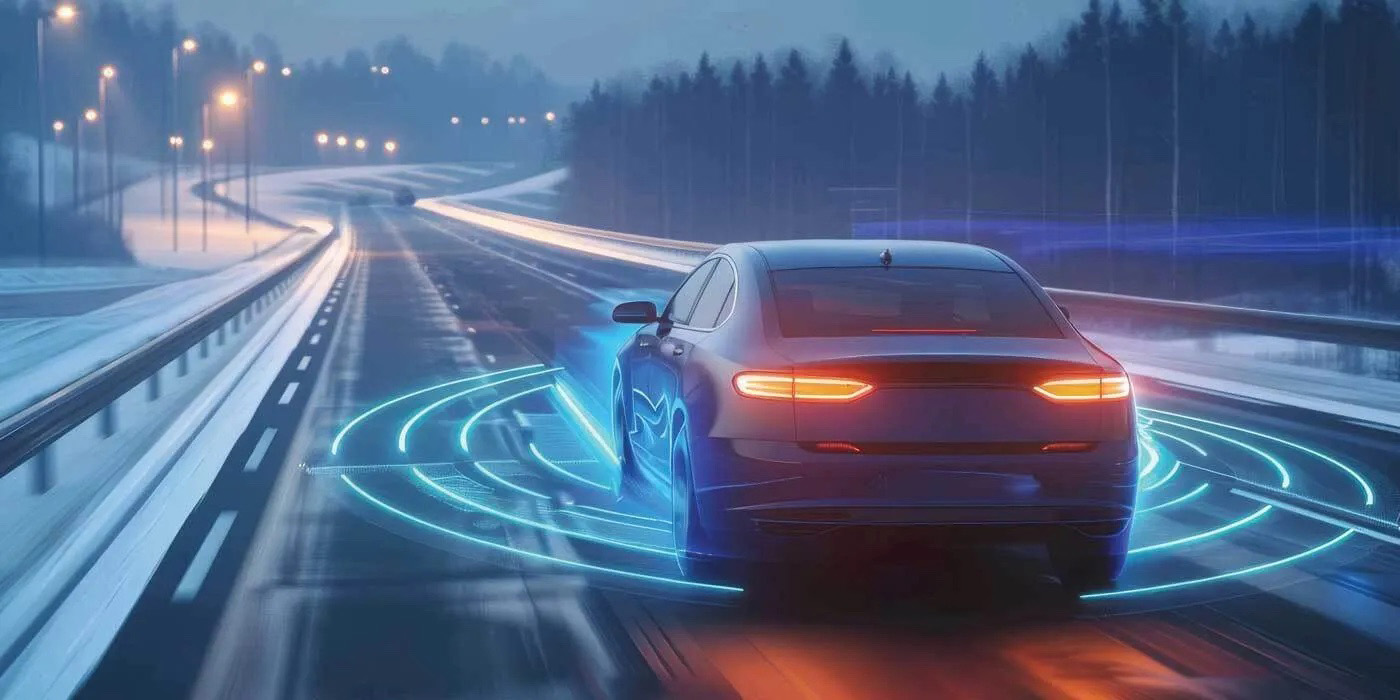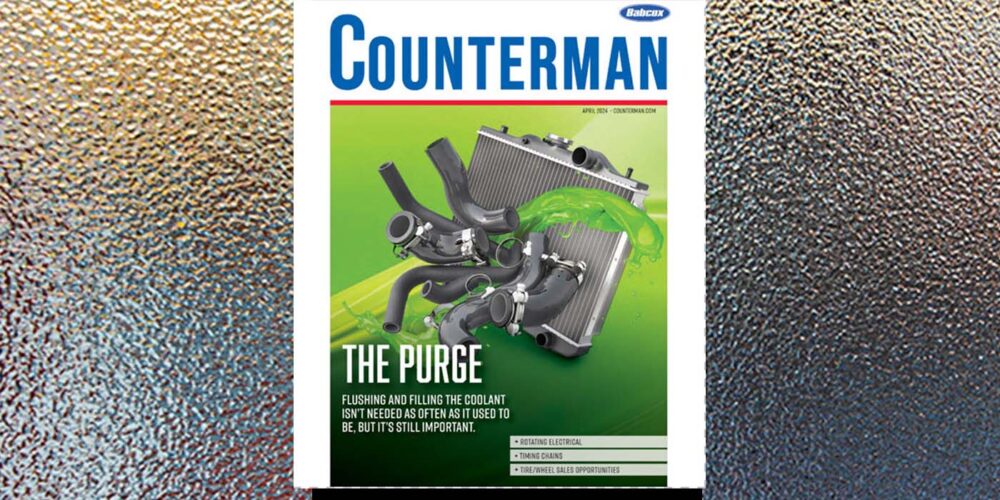
Brake rotors may be replaced for a variety of reasons. One is that replacement is a must if the original rotors are worn out. Every rotor has a minimum thickness or discard specification cast or stamped somewhere on the center hat section of the rotor. When the brake pads are replaced, the rotors always should be measured with a micrometer to determine their thickness. If the rotors are worn too thin and are at or below the minimum or discard thickness (or they cannot be resurfaced without exceeding the limit), the rotors must be replaced.
Worn-out rotors are dangerous for two reasons: Thin rotors cannot absorb and dissipate heat as well as new rotors, which increases the risk of the pads getting too hot and fading with prolonged or heavy braking. Also, thin rotors are more likely to crack and break apart, which would cause brake failure.
Another condition that usually calls for rotor replacement is when the rotors are “warped” and are causing a vibration or pulsation when the brakes are applied. Warped is actually a misnomer, because the rotors are not distorted but are worn unevenly. When there is more than a couple thousandths variation in rotor thickness, it pushes the pads in and out when the brakes are applied. The force is transmitted back through the caliper pistons, brake lines and master cylinder all the way to the brake pedal, creating a vibration or pulsation that can be felt by the driver. The greater the variation in rotor thickness, the stronger the vibration or pulsation. It’s a really annoying condition, though not necessarily an unsafe one. It may be mistaken by the vehicle owner for a problem with their antilock brake system, which also can produce pedal pulsation or vibrations when the ABS system kicks into play.
Uneven rotor wear and thickness variations can be caused by severe rotor overheating (a dragging brake pad or stuck caliper), by distortion in the rotor caused by uneven torque or over-tightening the lug nuts, or even metallurgical defects in the rotor casting itself. High spots on the rotor will often be discolored with a dark bluish tint. Resurfacing the rotor can restore flat parallel surfaces, but often the hard spots that are caused by overheating or uneven wear extend into the metal surface. Over time, this will cause uneven wear again and the pedal pulsation or vibration to return. Replacing the rotors with new ones eliminates any such worries.
Rotors also must be replaced if they are cracked, damaged or severely corroded. The danger is rotor failure due to the cracks or severe corrosion. Some minor heat cracking on the surface may be acceptable, but heavy or deep cracking is not.
Another reason to replace rotors is to upgrade braking performance and/or the appearance of the vehicle. Drilled or slotted rotors do add a performance look to any brake system, and they also can provide improved cooling for the rotors and venting for the pads. The holes and/or slots provide an escape path for hot gases that can form between the pads and rotor when the brakes are working hard. Holes and slots or wavy grooves in the rotor face also create turbulence, which improves airflow and cooling.
Some vehicles come factory-equipped with “composite” rotors that have a thin stamped steel center hat section mated with a cast rotor body to save weight. This type of rotor tends to be more sensitive to uneven wear and distortion than one-piece cast rotors. Composite rotors also are more costly to replace, so one-piece aftermarket cast rotors are a replacement option. However, if replacing composite rotors with one-piece castings, both rotors (right and left) should be replaced at the same time to maintain even braking and alignment side-to-side. On some vehicles, replacing a composite rotor with a thicker cast rotor also may alter wheel geometry slightly, creating increased toe-out and tire wear when turning.







